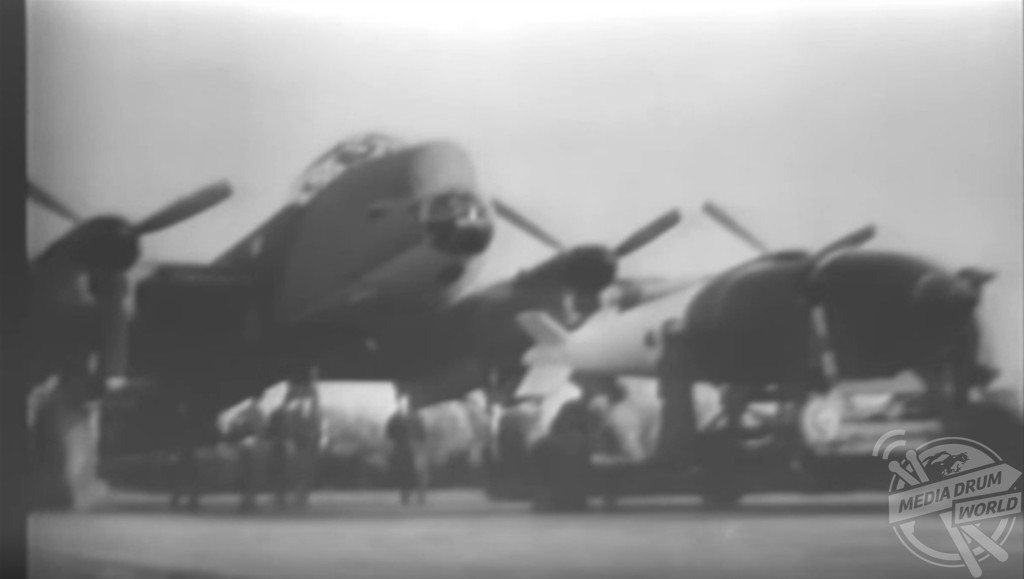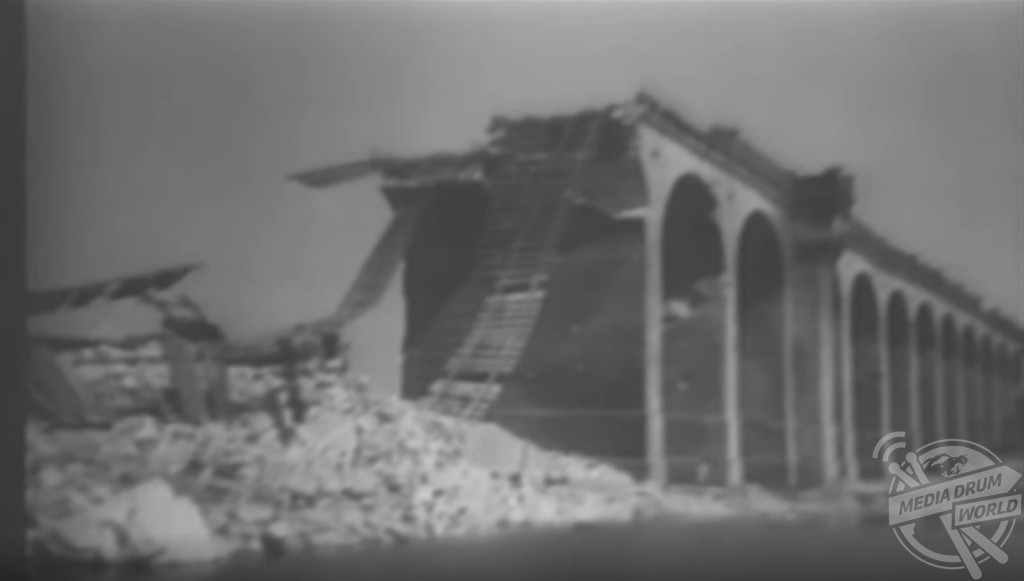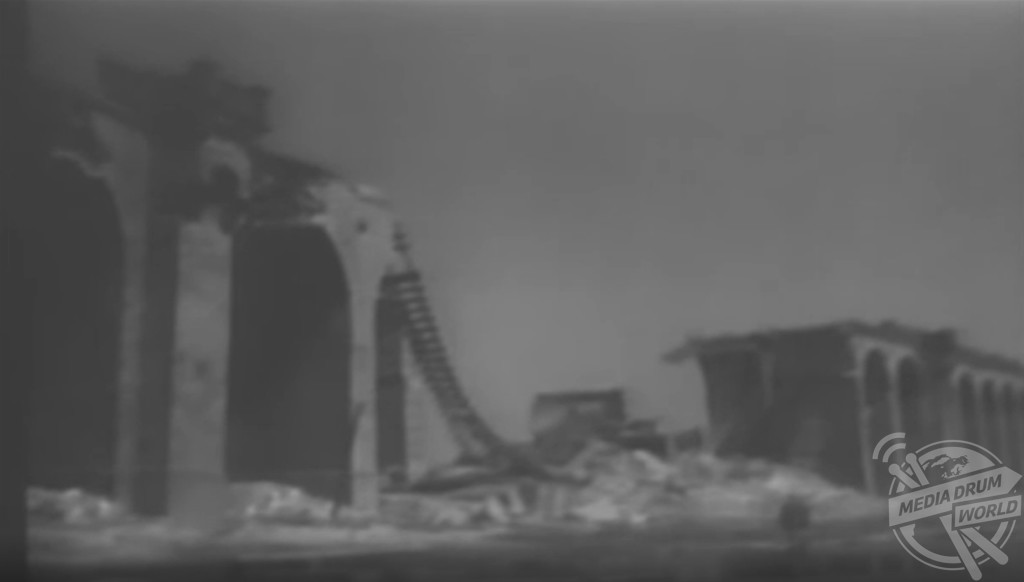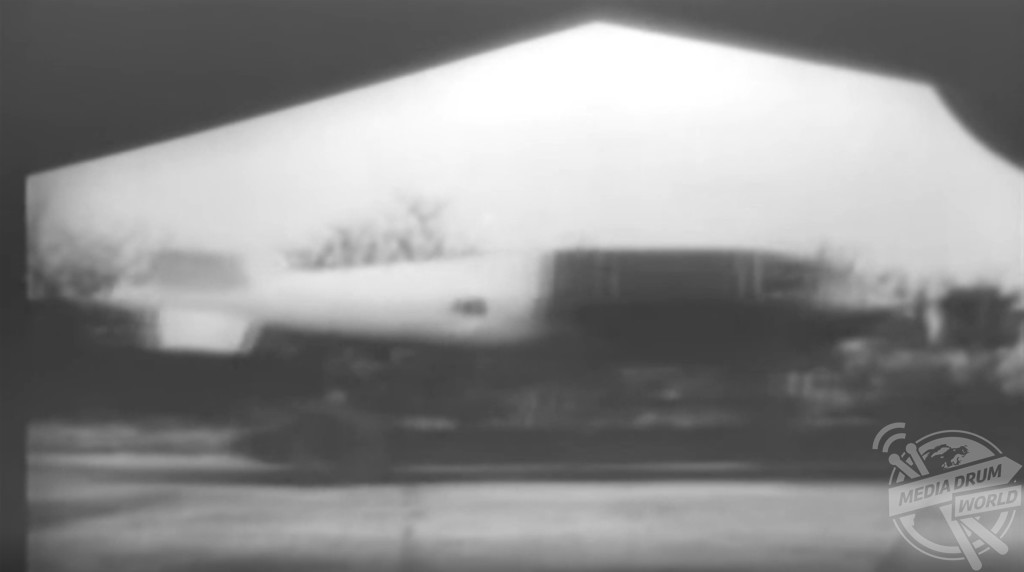By Tom Dare
TERRIFYING FOOTAGE from the Second World War showing the moment the RAF dropped a eleven-ton bomb on a small German town has resurfaced this week, ahead of the anniversary of the first time a ‘Grand Slam’ bomb was used in combat.

Wednesday, March 14 marks the anniversary of the day the newly invented bomb was first used by the RAF, with grainy footage showing a Lancaster bomber dropping the behemoth onto the small town of Arnsberg in an attempt to destroy a railway viaduct in the area.
The video shows the huge bomb being loaded onto a specially-made bomber by RAF personnel, with the narrator giving the audience an in-depth run through of exactly how the bomb operates.

“The bomb buries itself deep in the ground and produces a series of small explosions that can wipe out a small town.
“The following pictures show its volcanic effect in an attack on Arnsberg, Germany.”
The ‘Grand Slam’ bomb was developed by the British during the closing stages of the Second World War, and until last year remained the largest conventional (non-nuclear) bomb ever used in combat. A larger bomb was used by the United States in 2017 in Afghanistan against ISIL.

Created in response to the success of the Tall Boy bombs which were used extensively during the war, the Grand Slam was designed to penetrate concrete roofs, and so cause greater damage than the Tall Boy ever did.

Reaching speeds of up to 715 miles per hour on its descent, the Grand Slam was used on nine different missions during the war, though several of them were dropped in one attack in many cases. Between the deployment of the first bomb on March 14 and the last on April 19, Arnsberg, Bielefield, Arbergen, Nienburg, Bremen, Farge, Hamburg and Heligoland were all targeted, with at least 32 bombs dropped from RAF aircraft. There are no exact figures on the number of people killed during these attacks as pilots usually targeted strategic areas rather than civilian populations.






